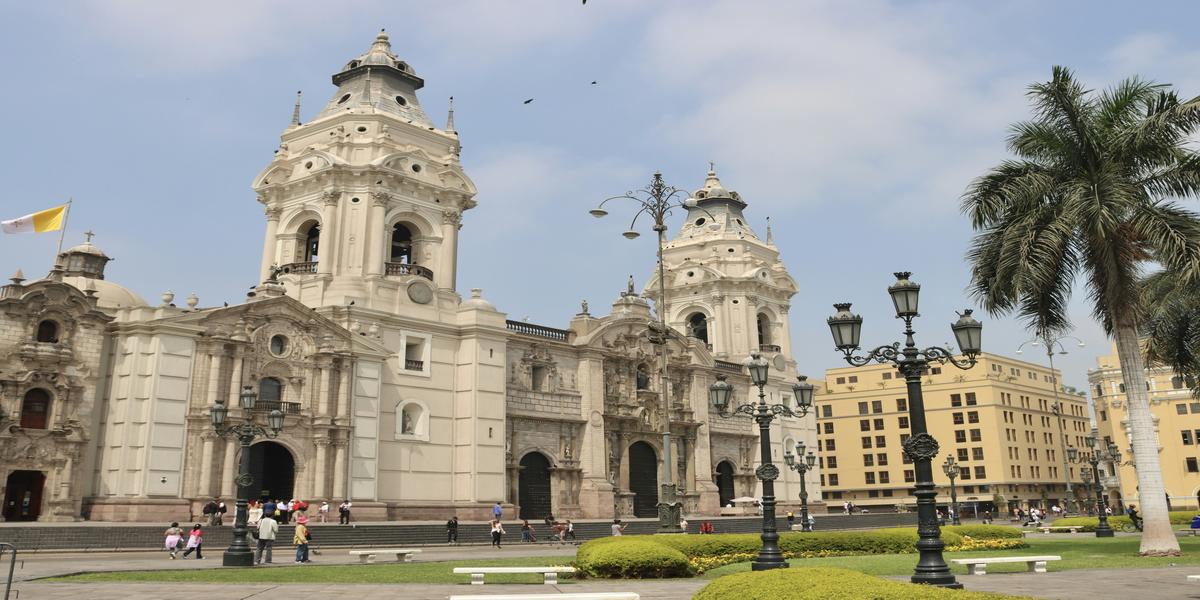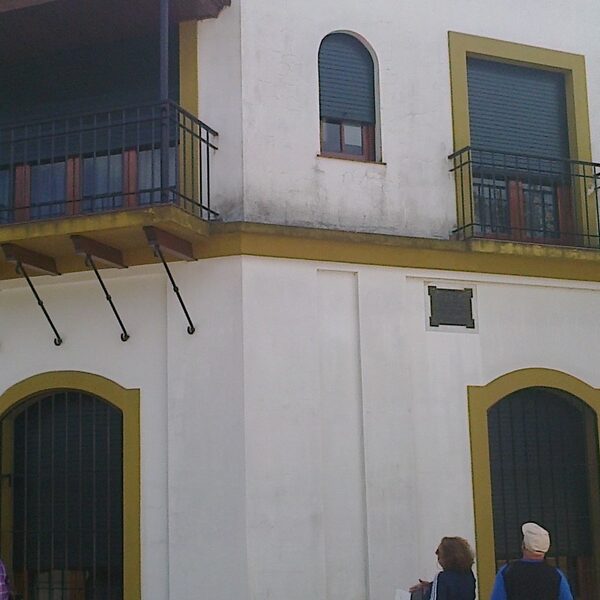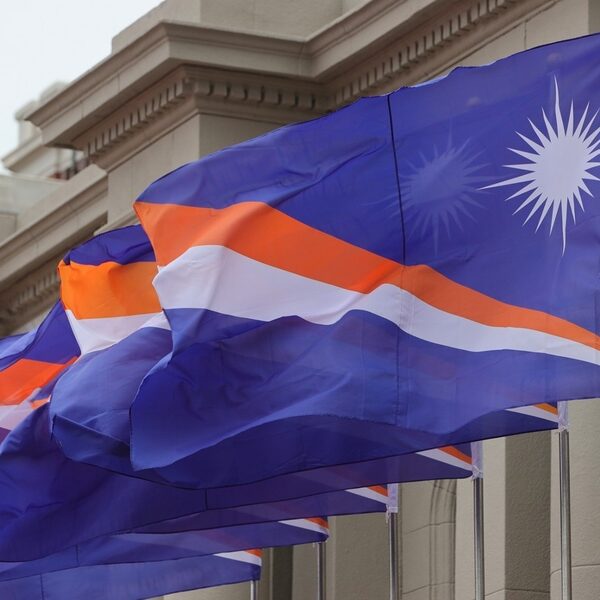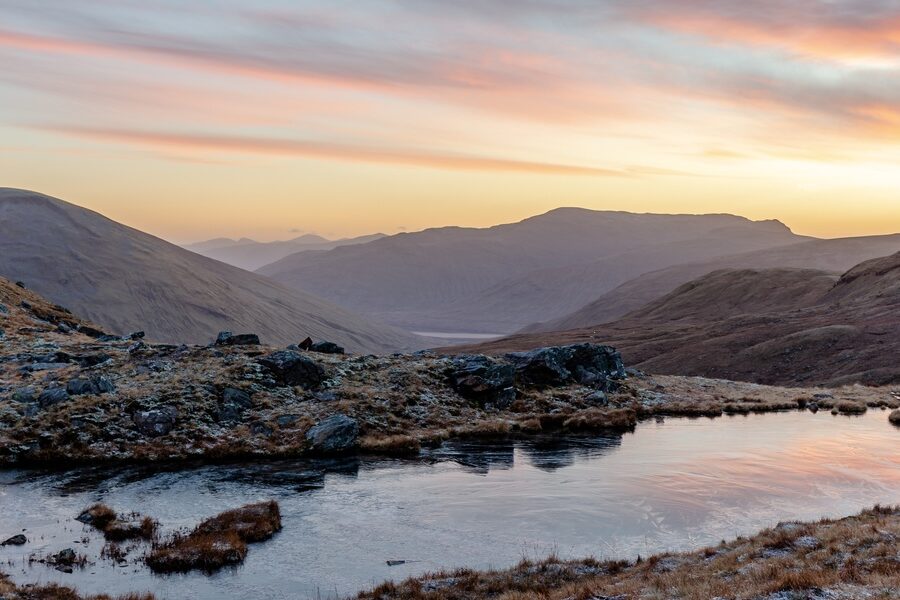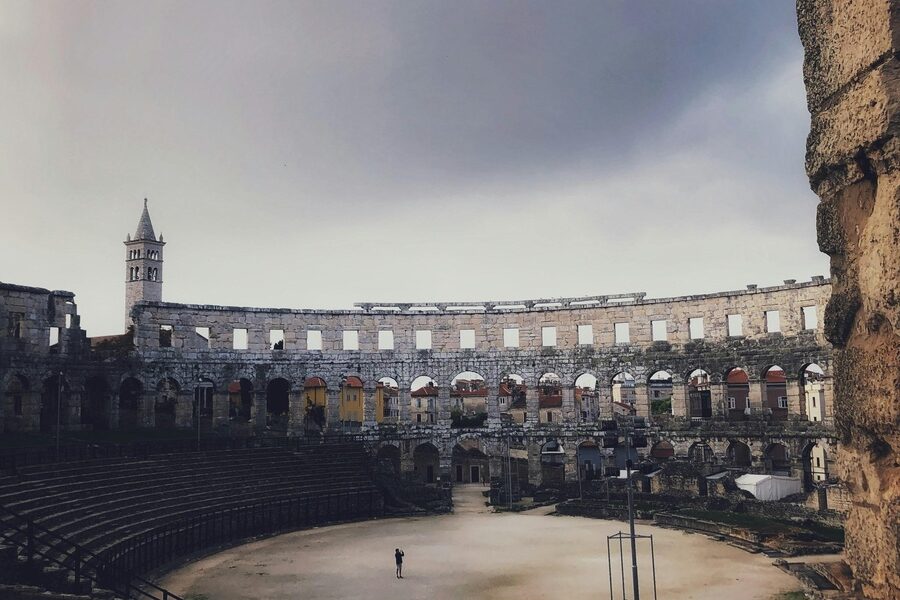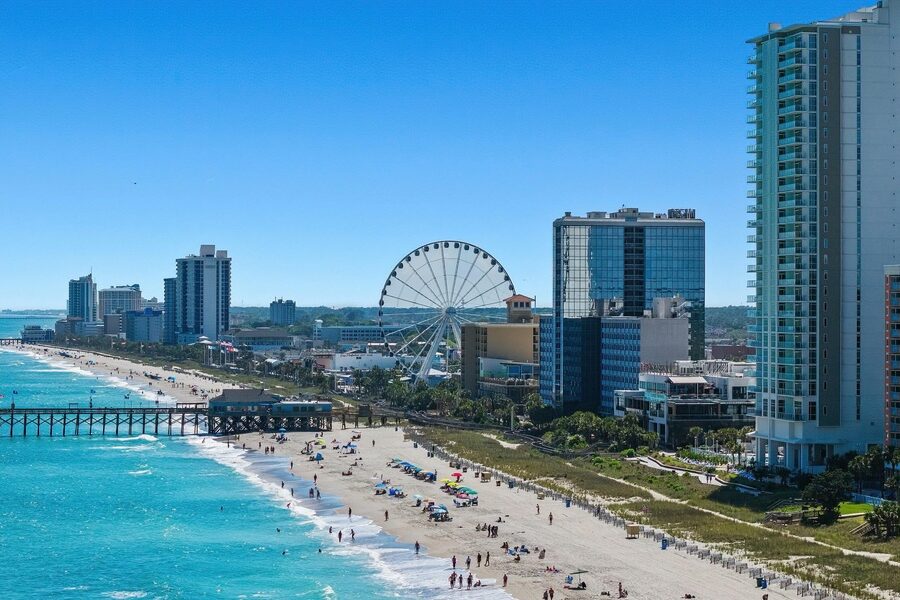Peru is home to 20 remarkable colonial cities that showcase the rich history and architecture of the Spanish colonial era. These cities were founded between the early 1500s and late 1500s, each playing a vital role in the country’s development during colonial times. Many of these cities still preserve stunning colonial buildings, plazas, and churches, drawing travelers and history lovers from around the world. From Abancay in the south to Tumbes in the north, these cities offer a unique glimpse into Peru’s layered past.
Below is a comprehensive list of colonial cities in Peru that highlights their founding year, colonial significance, and current population.
City Name This column lists the name of each colonial city, helping you identify and locate these important historical centers.
Founding Year This shows the year when each city was founded during the colonial period, offering a timeline of Peru’s Spanish settlement.
Key Colonial Significance Here you find a brief description of each city’s historical role and notable colonial architecture or events, revealing what makes each city unique.
Current Population (approx.) This provides the estimated modern population, giving an idea of the city’s size today compared to its colonial importance.
What Are the Most Important Colonial Cities in Peru?
Several cities stand out for their colonial heritage. Lima, founded in 1535, served as the capital of the Viceroyalty of Peru and is now a UNESCO World Heritage site known for its grand colonial architecture. Cusco, once the capital of the Inca Empire, was re-established by the Spanish and features many colonial churches and buildings. Arequipa, known as the “White City,” boasts a historic center built with unique volcanic sillar stone.
What Colonial Architectural Features Can I See in These Cities?
In these colonial cities, visitors can explore a variety of historical sites such as grand cathedrals, convents, mansions, and public plazas dating back to the 16th and 17th centuries. For example, Cajamarca features relics from Atahualpa’s capture, while Trujillo is known for its well-preserved mansions and churches. Each city offers a mix of colonial baroque, neoclassical, and sometimes local architectural styles that tell the story of Peru’s past.
Colonial Cities in Peru
| City Name | Founding Year | Key Colonial Significance | Current Population (approx.) |
|---|---|---|---|
| Lima | 1535 | Capital of the Viceroyalty of Peru, UNESCO World Heritage site with grand colonial architecture. | 11,000,000 |
| Cusco | 1534 | Former Inca capital, re-founded by Spanish, rich colonial religious and civil architecture; UNESCO site. | 480,000 |
| Arequipa | 1540 | The “White City,” known for unique sillar stone architecture and a vibrant colonial center; UNESCO site. | 1,100,000 |
| Trujillo | 1534 | Important northern colonial city with preserved mansions, churches, and a historic main plaza. | 1,000,000 |
| Ayacucho | 1539 | Huamanga in colonial times, famous for its numerous colonial churches and religious art. | 220,000 |
| Cajamarca | 1532 | Site of Atahualpa’s capture, vital early colonial city with significant historical buildings. | 250,000 |
| Piura | 1532 | First Spanish city founded in Peru (San Miguel de Tangarará), important northern trade hub. | 550,000 |
| Huánuco | 1539 | Important agricultural and administrative colonial center in the central highlands. | 100,000 |
| Puno | 1668 | Key colonial port city on Lake Titicaca, known for mining and distinctive churches. | 150,000 |
| Moquegua | 1541 | Tranquil city with well-preserved colonial churches and convents, known for pisco. | 70,000 |
| Abancay | 1574 | Capital of Apurímac region, featuring a charming colonial plaza and historic structures. | 80,000 |
| Chachapoyas | 1538 | Colonial city gateway to ancient ruins, with a well-preserved historic plaza and architecture. | 35,000 |
| Tumbes | 1532 | Site of Francisco Pizarro’s first landing, historically significant early colonial foothold. | 120,000 |
| Ica | 1563 | Colonial center known for its vineyards, pisco production, and historic haciendas. | 180,000 |
| Huancayo | 1572 | Important colonial administrative and commercial hub in the fertile Mantaro Valley. | 550,000 |
| Lambayeque | 1550 | Distinct colonial architecture, close to significant pre-Inca sites, maintaining historical charm. | 80,000 |
| Jauja | 1534 | Peru’s first Spanish capital, important for early colonial administration and agriculture. | 20,000 |
| Huaral | 1551 | Agricultural center with colonial origins, featuring traditional haciendas and churches. | 100,000 |
| Pacasmayo | 1560 | Coastal colonial port town with well-preserved historic buildings and maritime significance. | 30,000 |
| Chiclayo | 1560 | Though largely modern, it has colonial roots with some preserved architectural elements. | 600,000 |
Images and Details
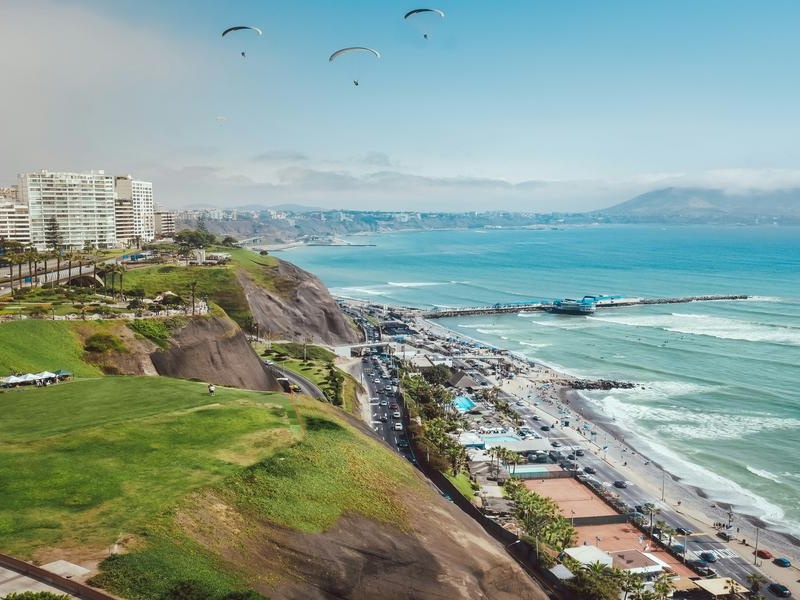
Lima
Lima serves as the capital of Peru. Francisco Pizarro founded it in 1535. Known as the ‘City of Kings,’ it quickly became the most important colonial city in South America. Grand palaces, churches, and monasteries from this era still stand. These structures showcase its past power. The historic center of Lima is a UNESCO World Heritage site. It represents the heart of Spanish rule in Peru.
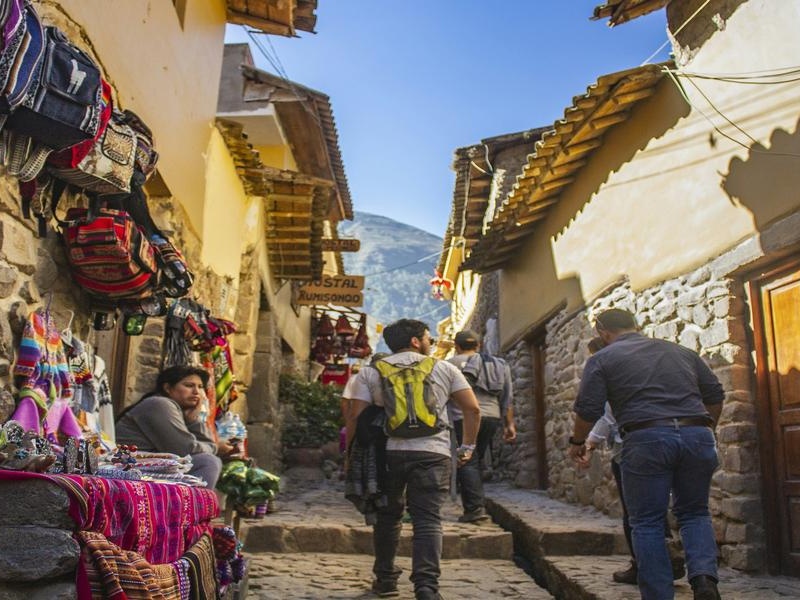
Cusco
Cusco was once the capital of the Inca Empire. Spanish conquistadors re-founded it in 1534. They built grand colonial structures directly on top of Inca foundations. This blend of cultures is visible throughout the city. Cusco became a major administrative and religious center for the Spanish. Its historic core is a UNESCO World Heritage site. It highlights a unique mix of Inca and Spanish colonial design.
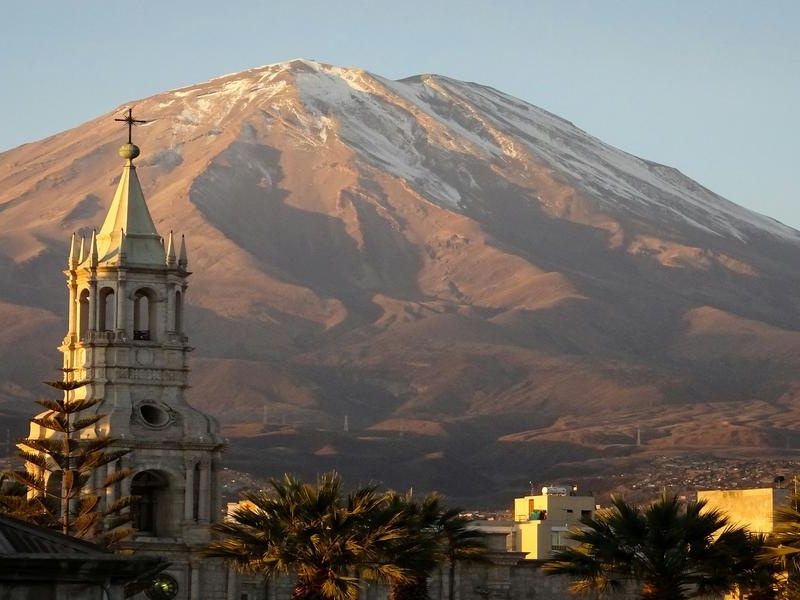
Arequipa
Arequipa is known as the ‘White City’ because of its unique sillar stone buildings. Garcí Manuel de Carbajal founded it in 1540. Its distinctive colonial architecture blends European and indigenous styles. The city played a vital role as a commercial hub for southern Peru. Arequipa’s historic center is a UNESCO World Heritage site. It preserves many fine examples of colonial-era churches and mansions.
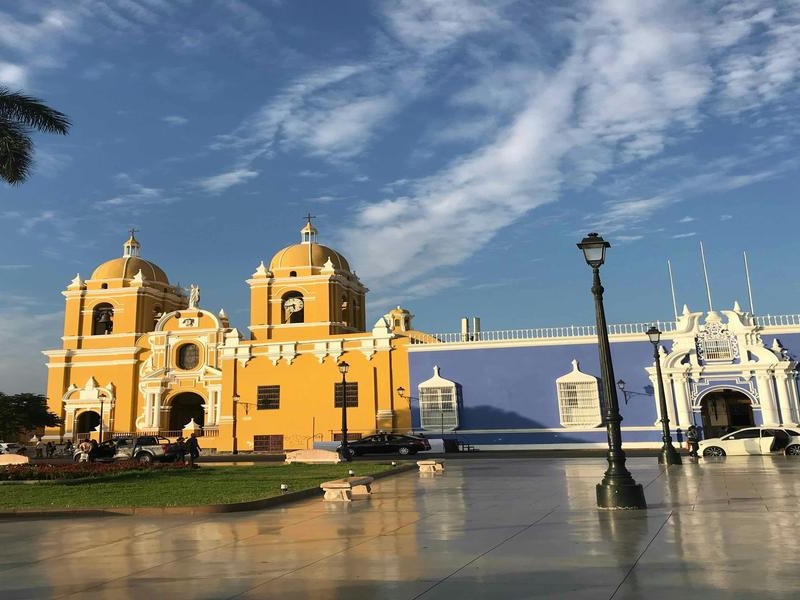
Trujillo
Trujillo is a significant colonial city in northern Peru. Diego de Almagro founded it in 1534. It served as an important administrative and commercial center during Spanish rule. The city boasts beautiful colonial mansions, churches, and plazas. Its well-preserved architecture makes it a prime example of a colonial settlement. Trujillo remains a key historical site in the region.
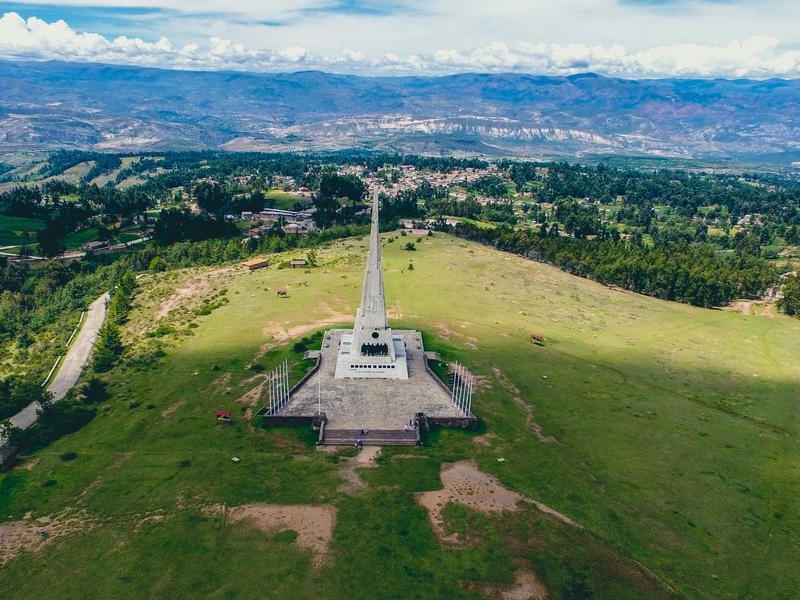
Ayacucho
Ayacucho is famous for its numerous colonial churches, often numbering more than 30. Francisco Pizarro founded it in 1539. The city held great religious and strategic importance for the Spanish in the Andes. Its historic center features impressive colonial architecture. Ayacucho played a crucial role in the final battles for Peruvian independence.
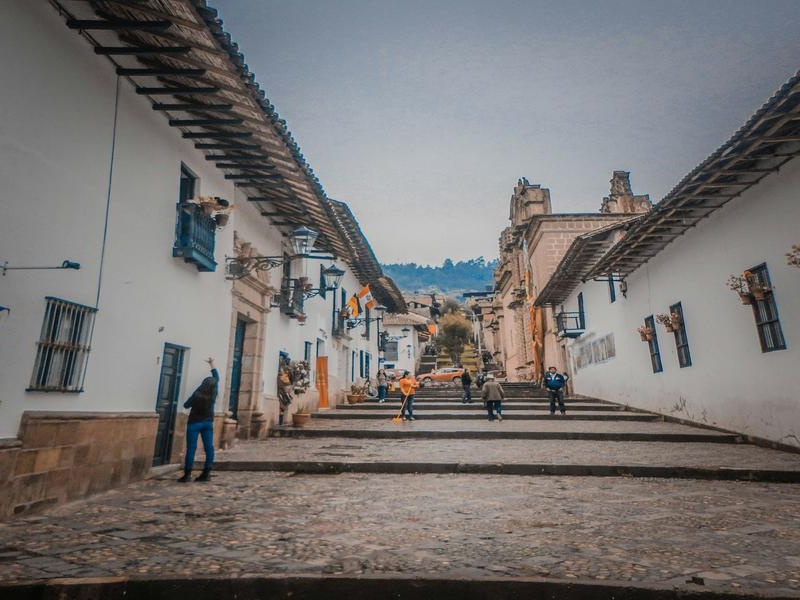
Cajamarca
Cajamarca is historically significant as the site where Inca Emperor Atahualpa was captured. The Spanish established it as a colonial town soon after 1532. It became an important mining center for silver and gold. Colonial churches and plazas define its historic core. Cajamarca offers a direct link to the early days of Spanish conquest in Peru.
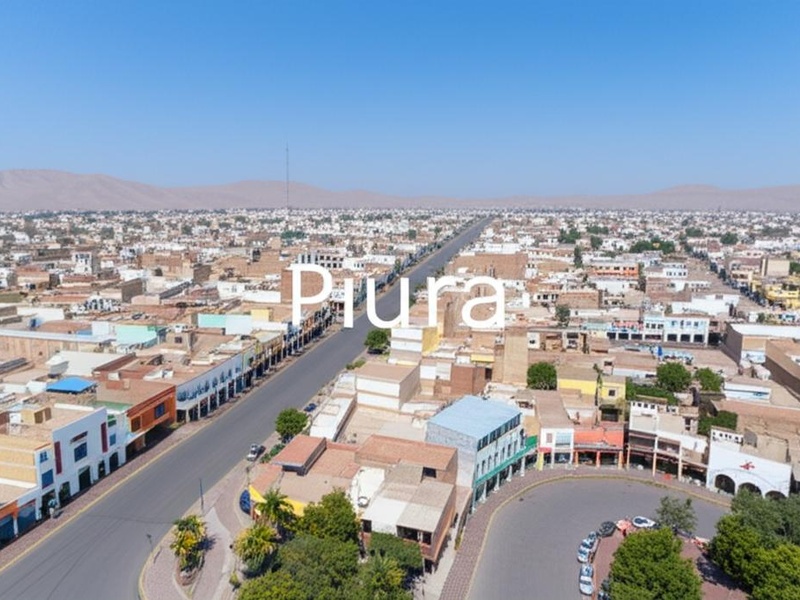
Piura
Piura holds the distinction of being the first Spanish city founded in Peru. Francisco Pizarro established it in 1532. It served as a vital gateway for Spanish expansion into the territory. Although modern development has altered much, its origins are firmly colonial. Piura was a strategic early settlement on the northern coast.
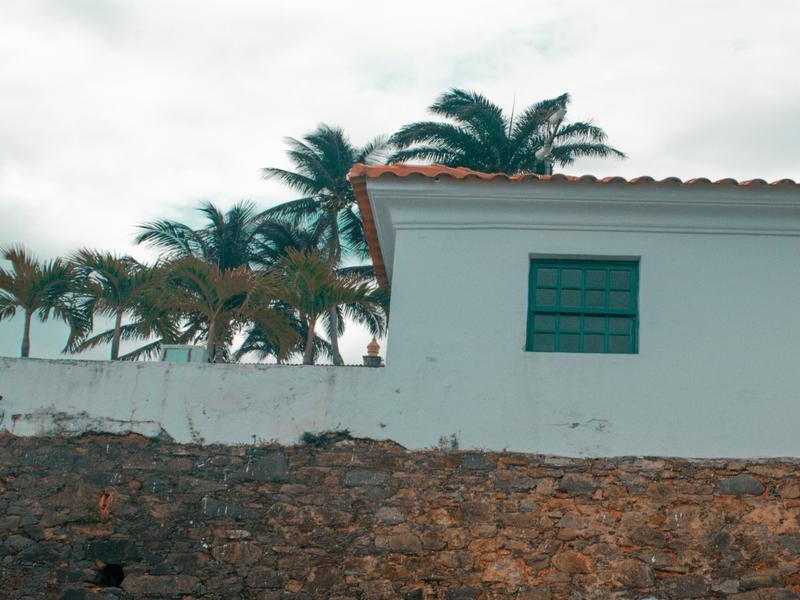
Huánuco
Huánuco is an early colonial settlement in the central highlands of Peru. It was founded in 1539. The city became important for its agriculture and strategic location. Its architecture reflects its colonial past. Huánuco connected various regions during Spanish rule. It remains a historical city with colonial roots.
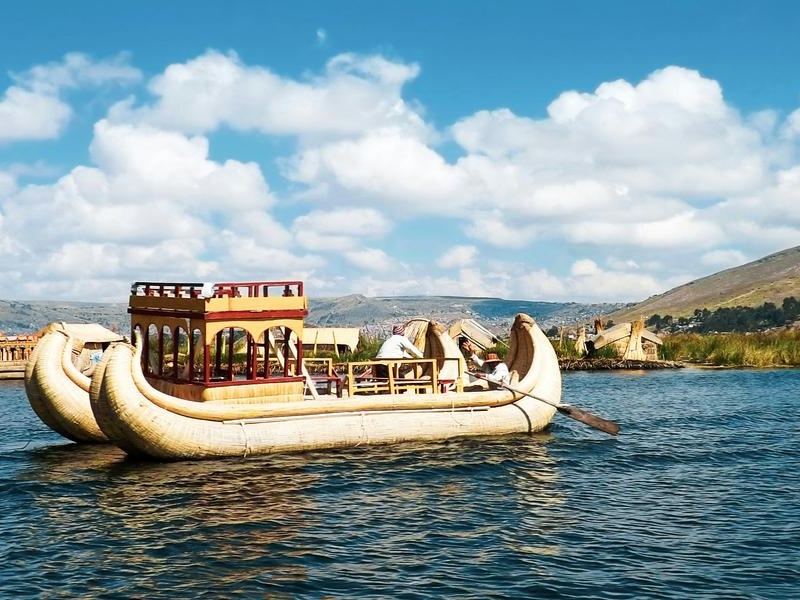
Puno
Puno is a colonial city located on the shores of Lake Titicaca. It was founded in 1668. The city gained importance due to its silver mining activities in the region. Colonial churches and buildings stand in its historic center. Puno served as a strategic port for trade and resource extraction during Spanish times.
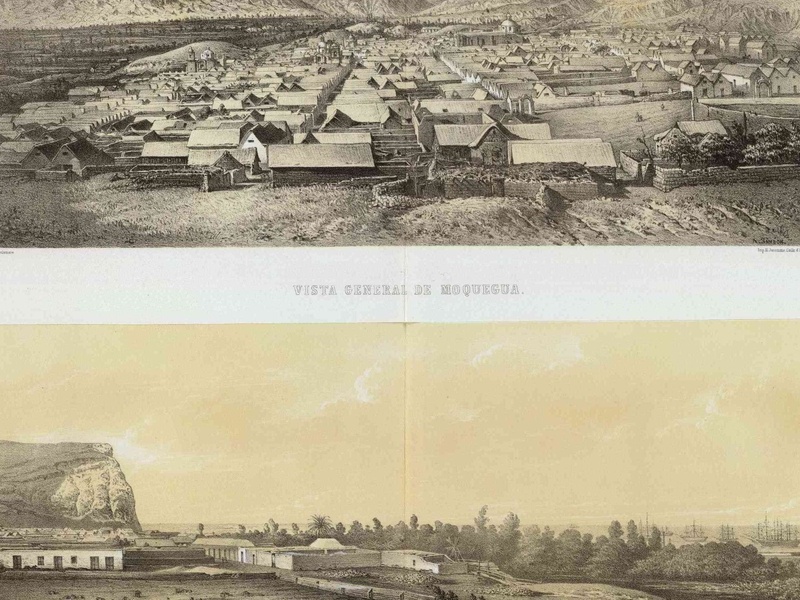
Moquegua
Moquegua is a colonial city known for its vineyards and pisco production during Spanish rule. It was officially founded in 1626. The city’s well-preserved architecture includes beautiful colonial mansions and churches. Moquegua was an important agricultural and commercial center in southern Peru. It maintains a distinct colonial character.
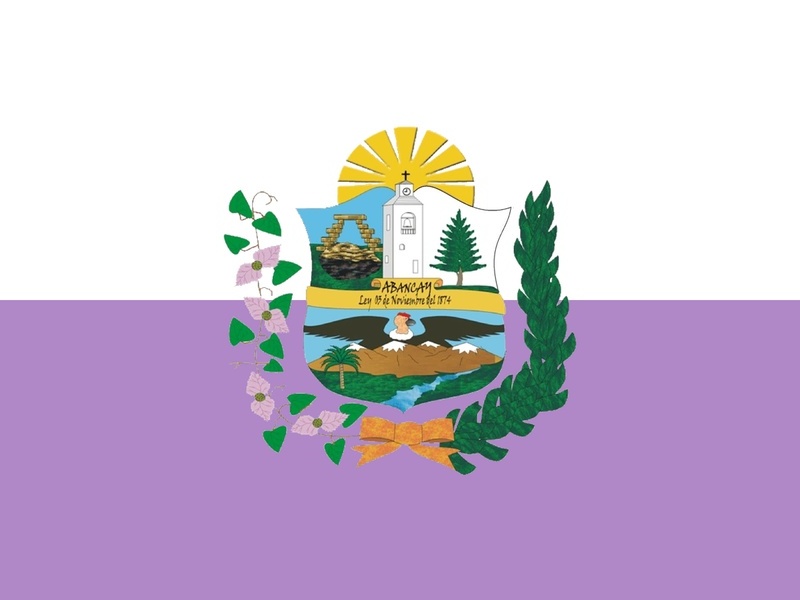
Abancay
Abancay was founded as an early Spanish settlement in 1574. It served as a strategic point on the route between the coast and Cusco. The city’s colonial past is evident in some of its older structures. Abancay grew as an agricultural center during Spanish rule. It remains a regional hub with colonial origins.
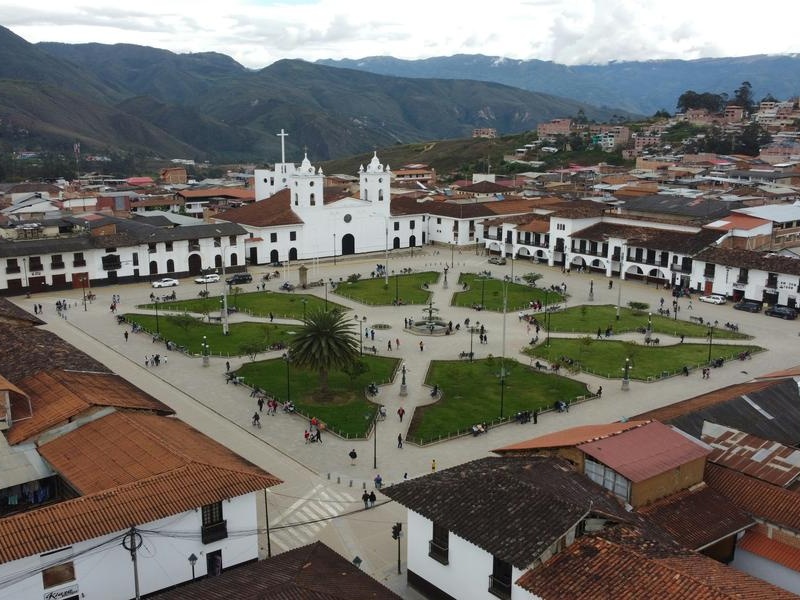
Chachapoyas
Chachapoyas was founded by the Spanish in 1538. It served as a key administrative and military outpost in the northern highlands. The city’s traditional architecture reflects its colonial era. Chachapoyas played a role in consolidating Spanish control over the region. It retains much of its colonial charm.

Tumbes
Tumbes was the first major landing point for Francisco Pizarro in Peru. The Spanish established a presence here early in the conquest. It served as a strategic port and military post. Tumbes played a crucial role in the initial stages of Spanish colonization. Its historical significance is rooted in these early encounters.
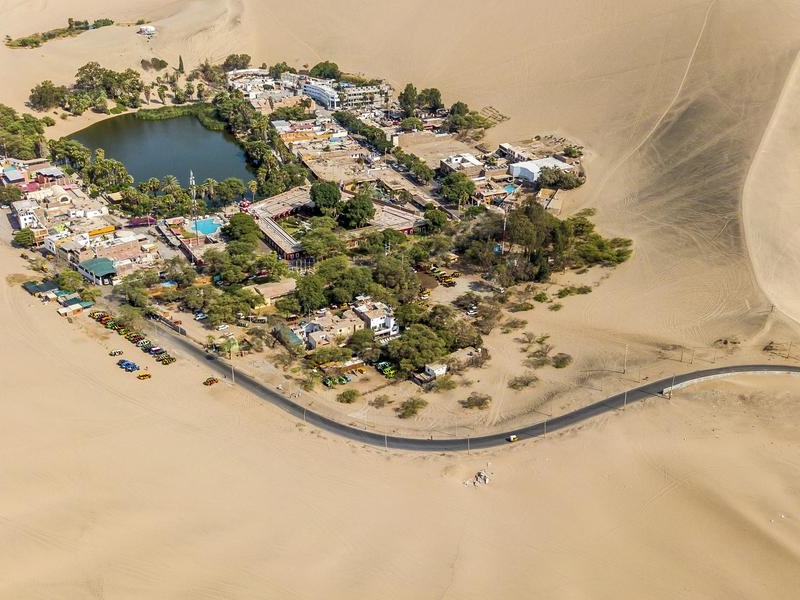
Ica
Ica is a colonial city known for its early Spanish settlement and agricultural development. It was founded in 1563. The region became famous for its vineyards and pisco production during colonial times. Some colonial churches and haciendas remain. Ica served as an important hub for coastal agriculture under Spanish rule.
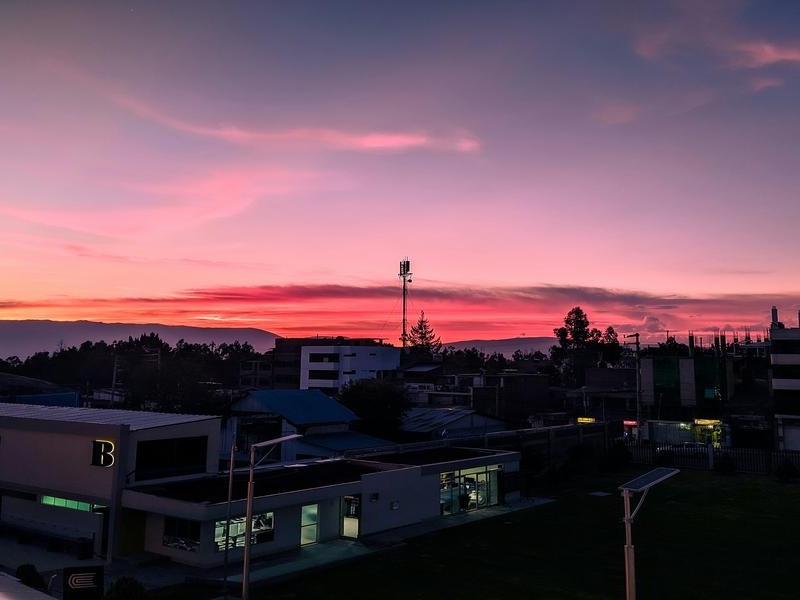
Huancayo
Huancayo developed as a significant center in the central highlands during the colonial period. It was founded in 1572. The city became an important market and commercial hub for surrounding agricultural areas. Its growth reflects the Spanish influence on trade routes. Huancayo’s colonial past shaped its urban development.
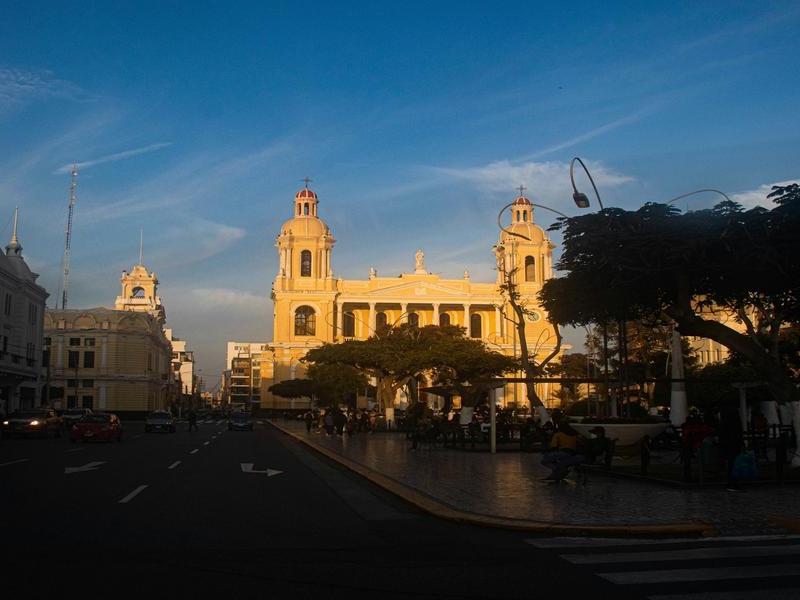
Lambayeque
Lambayeque is a colonial city in northern Peru. It was founded in 1553. The city boasts fine examples of colonial churches and mansions. It served as an important agricultural and commercial center during Spanish rule. Lambayeque’s well-preserved architecture showcases its rich colonial heritage.
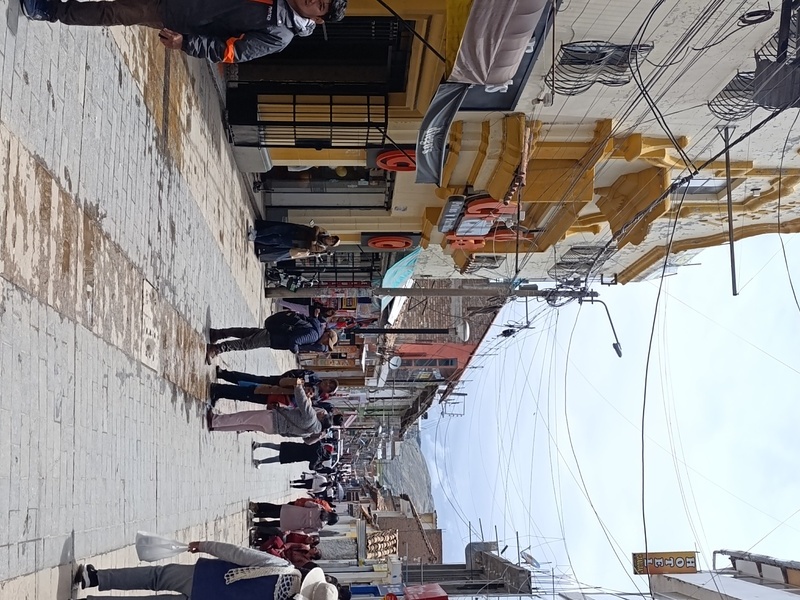
Jauja
Jauja briefly served as the first capital of Peru before Lima. Francisco Pizarro founded it in 1534. Although its status as capital was short-lived, it remained an important early colonial settlement. The city retains historical significance as a foundational site of Spanish rule in Peru.
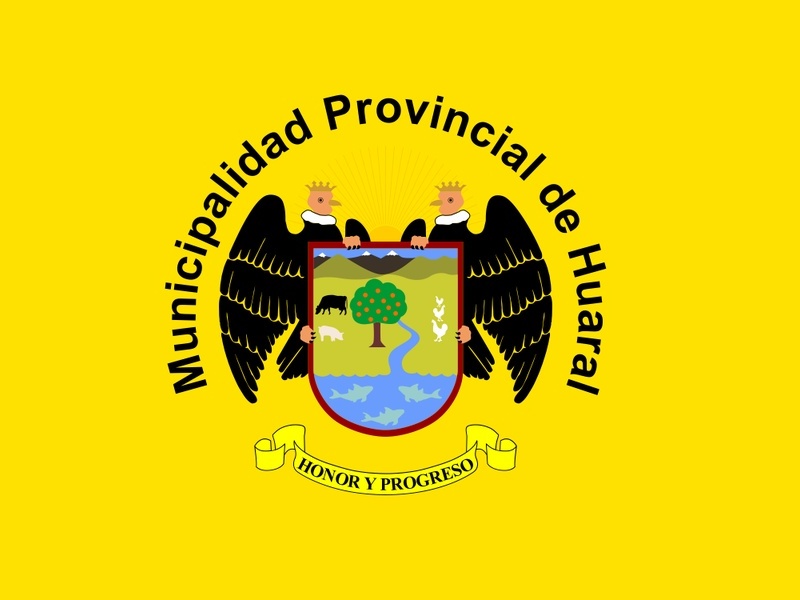
Huaral
Huaral developed as an agricultural center during the colonial period. Spanish colonists established haciendas and farms in the fertile valley. Its growth was driven by its agricultural output. Huaral’s history is tied to the Spanish economic systems. It remains an important agricultural hub with colonial roots.
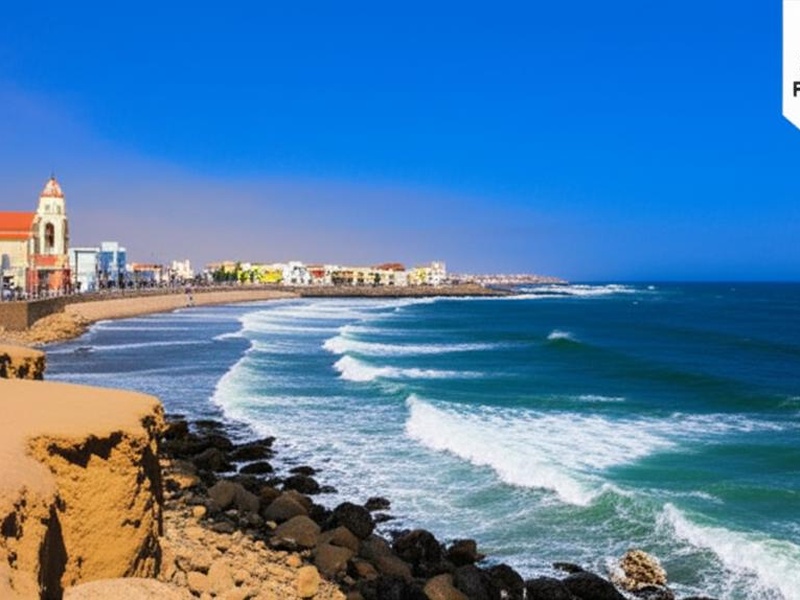
Pacasmayo
Pacasmayo is a coastal town that gained importance as a port during the colonial era. It served as a gateway for goods and trade in northern Peru. Its development was linked to maritime commerce under Spanish rule. Pacasmayo’s strategic location made it a key colonial coastal point.
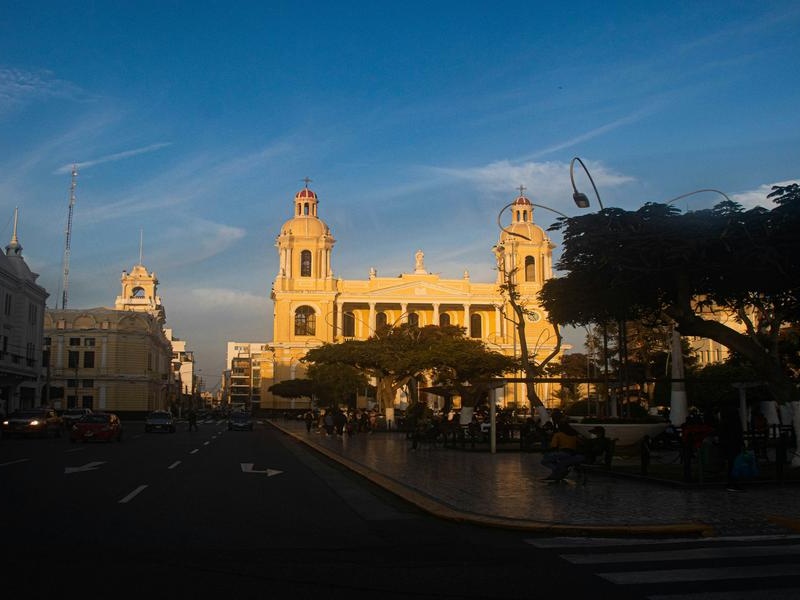
Chiclayo
Chiclayo’s origins trace back to colonial times. It developed as a small Spanish settlement near a native village. The city grew as a commercial and transport hub. Although much of its colonial architecture is gone, its foundation is colonial. Chiclayo served as a developing regional center under Spanish influence.

